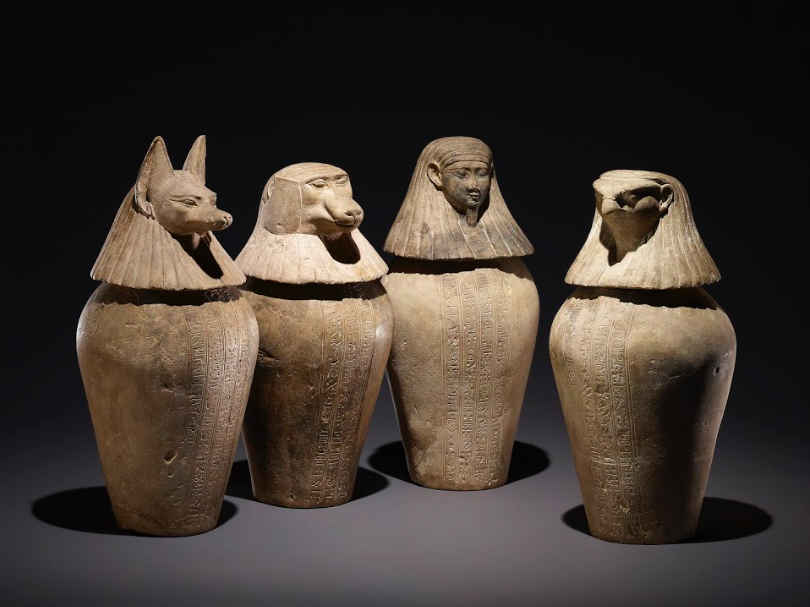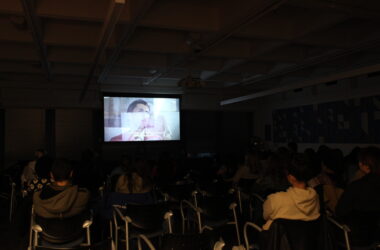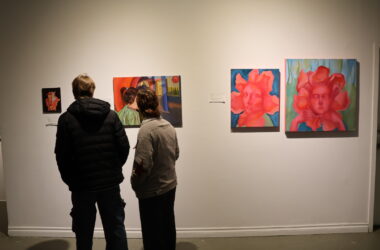Ancient Egypt has long been a subject of fascination and imitation in Western culture. Particularly, the mummy is best known as a horror movie icon and easy Halloween costume. But seeing an actual mummy is a stark contrast to seeing your friend wrapped in toilet paper. Mummies represent both a sacred burial practice and serve as long-lasting records of life in a past society. Beginning on Sept. 14, the Montreal Museum of Fine Arts (MMFA), in collaboration with the British Museum, is presenting Egyptian Mummies: Ancient Lives, an exhibition featuring six mummies from ancient Egypt, who lived and died between 900 BC and 180 AD. By examining each mummy with non-invasive technology, the exhibit provides a glimpse into Egyptian life and death.
One of the most notable features of the exhibit is the display of advanced technology that assists in the study of the mummification process. Rather than unwrapping and damaging the bodies permanently, the museum provides footage of three-dimensional CT scans that show cross-sections of the mummies on display. The digital recreations showed amulets hidden inside the mummies’ wrapping and filler materials that replaced the organs. Even though they are computer-generated, the 3D images allow the viewer to see beyond the outside layer casing the mummy.
Each room of the exhibit is organized similarly to the way that the mummies would be buried, with the bodies in the middle of the room and their possessions around the perimeter. The mummies sit next to their ornately decorated coffins that depict stories from their lives, interactions with deities, and symbols like the Eye of Horus. The coffins are one of the most visually stunning parts of the exhibit, showcasing both artistic talent and the sheer amount of effort that went into a single burial. The gilded masks of a priest named Irthorru and a statue of an unnamed young child are just as stunning today as they were when they were originally made.
The rooms corresponds to a topic relevant to the findings from the mummy ranging from religion to health and family life. Artefacts such as cosmetic tools, board games, and musical instruments serve as reminders that some elements of human life have changed little throughout history—ancient Egyptians enjoyed beauty and entertainment just as modern audience does.
While the exhibition never explicitly mentions how the British Museum obtained these mummies, ethical questions arise when burial grounds are disrupted and corpses are displayed for the sake of profit. Egyptian Mummies: Ancient Lives does capture the feeling that the mummification practices and beliefs were sacred to the Egyptian people. Nevertheless, audiences are left with the impression that the mummies have certainly not reached their final resting place. Some of the objects and coffins have small serial numbers written on them—a small, yet poignant reminder that even after death, the mummies have had a tumultuous history of their own as archaeological findings catalogued for the exhibition.
Nestawedjet, Tamut, and Irthorru might have only lived for around 40 years as humans, but as mummies, they contribute to our cultural knowledge thousands of years later. By preserving their bodies for the afterlife, the ancient Egyptians effectively preserved their history and culture as well. The mummies are as close to immortal as a human can get.
“We are honoured to host these extraordinary witnesses of our common ancestry, so that they may share with us their cultures and trades, their beliefs and sufferings… in a word, their lives,” Nathalie Bondil, chief curator, said in a press release.









